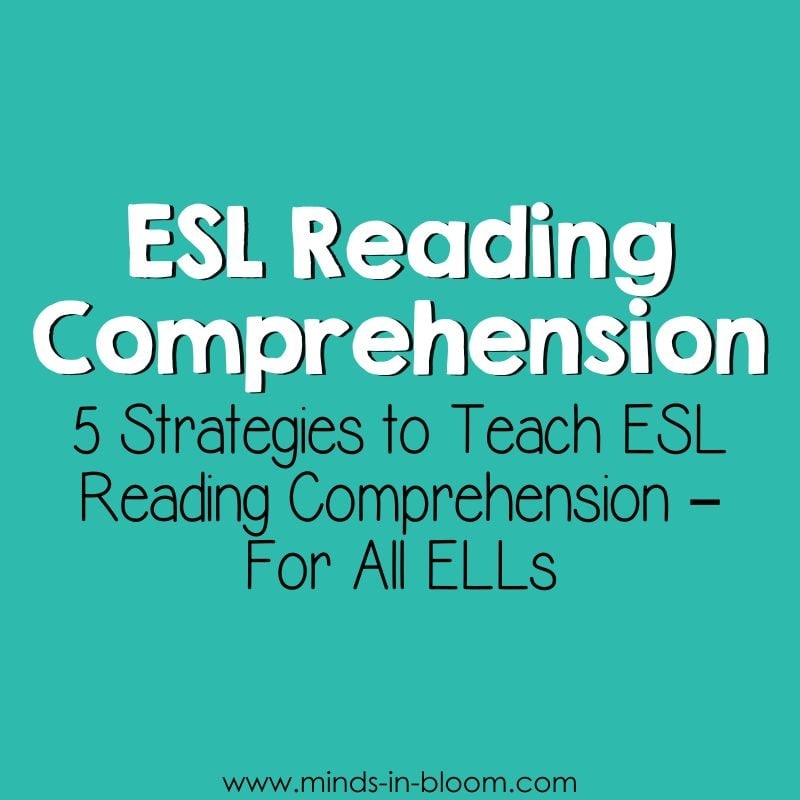Reading comprehension is a crucial skill that allows students to understand and interpret texts. It is important for educators to implement effective teaching strategies to help students improve their reading comprehension abilities. Here are five strategies that can be used in the classroom to enhance students’ reading comprehension skills.
One effective strategy for improving reading comprehension is to activate students’ prior knowledge before reading a text. Encourage students to make connections between what they already know and what they are about to read. This will help them better understand the material and make it easier for them to retain information.
2. Teach Reading Strategies
Another important strategy is to teach students specific reading strategies, such as predicting, summarizing, and questioning. By equipping students with these tools, they will be better able to engage with the text and extract key information. Encourage students to actively apply these strategies while reading to enhance their comprehension skills.
3. Provide Guided Practice
Guided practice is essential for helping students develop their reading comprehension skills. Provide opportunities for students to practice reading texts with guidance and support. This can involve group reading activities, discussions, and comprehension exercises. By practicing reading in a structured environment, students can improve their comprehension abilities.
4. Foster Critical Thinking
Encourage students to think critically about the texts they read. Ask open-ended questions that require students to analyze and evaluate the material. This will help students develop higher-order thinking skills and deepen their understanding of the text. Foster a classroom environment that values critical thinking and encourages students to engage with the material on a deeper level.
5. Monitor and Assess Progress
Regularly monitor and assess students’ progress in reading comprehension. Use a variety of assessment tools, such as quizzes, discussions, and reading logs, to gauge students’ understanding of the material. Provide feedback to students to help them identify areas for improvement and set goals for further development. By tracking students’ progress, educators can tailor instruction to meet the individual needs of students.
By implementing these five reading comprehension teaching strategies, educators can help students improve their ability to understand and interpret texts. These strategies can be tailored to meet the needs of individual students and can be used across a variety of grade levels and subject areas. With consistent practice and support, students can develop strong reading comprehension skills that will benefit them in their academic and professional pursuits.
